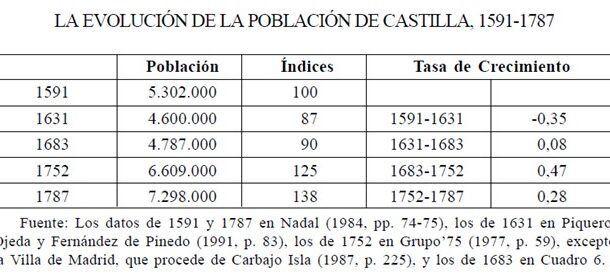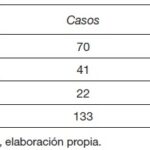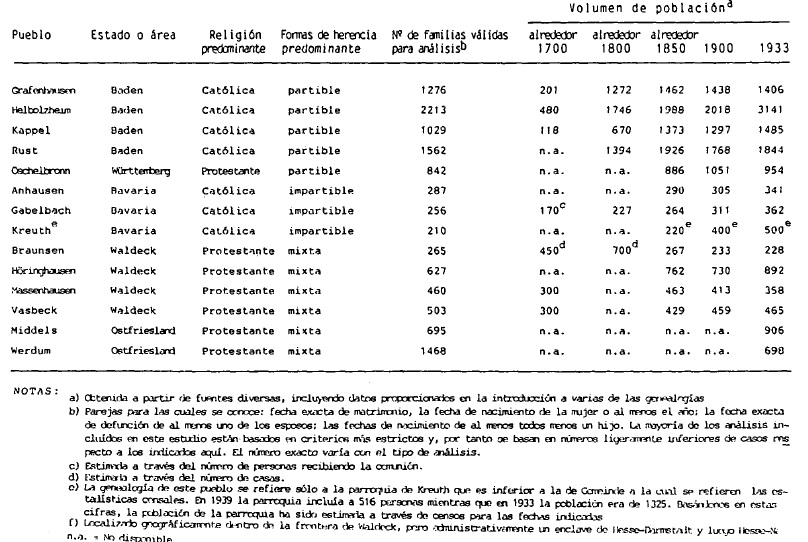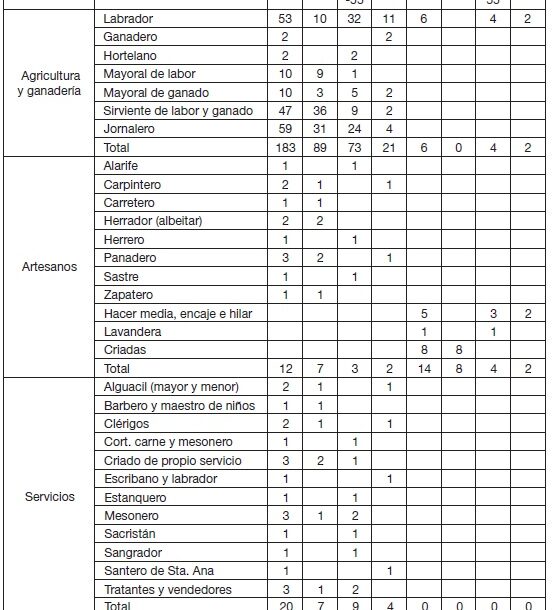
One of the fundamental questions surrounding the figure of domestic service is whether it was paid or rewarded. The example of Murcia during the 18th century is used to answer this question. The households of ecclesiastics were not “normal” households, while at the same time establishing certain characteristics typical of family structures run by secular clerics: they were households without a conjugal nucleus, with servants and relatives, and with a predominance of the female element. Domestic service, after all, was the main employment route for urban women workers. Remuneration in domestic service had different characteristics: wage differentials for different situations, the importance of remuneration in kind, lower nominal wages compared to real wages or irregularity of payment. Consequently, two of the key facts were, with regard to wages, that money occupied a small part in the remuneration of servants’ work, so that in many cases there was no more than payment in kind. 35% of the servants’ masters were left owing certain amounts at their death, 15% received exact payments while 50% made no mention of the matter. The complexity of the subject has led us to consider three categories: exclusively monetary, monetary with other types of goods and only goods, ignoring the cases in which ecclesiastics left their servants as heirs.
Collection: Statistics
Project: 3. Rural world and urban world in the formation of the European identity., 4. Family, daily life and social inequality in Europe.
Chronology: XVIII, XIX
Scope: Secondary Education, Baccalaureate, University
Link: https://www.adeh.org/revista/2016,%201/Irigoyen%20RDH%20XXXIV,%20I,%202016.pdf
Resource type: Statistics
Format: Table
Source: Irigoyen López, Antonio, «Recompensas y remuneraciones del servicio doméstico del alto clero durante el Antiguo Régimen (Murcia, 1702–1817)», Revista de Demografía Histórica, vol. 34, nº1, 2016, pp. 101–126.
Language: Spanish
Date: 2016
Owner: Álvaro Romero González (Modernalia)
Copyright: © Antonio Irigoyen López, © Revista de Demografía Histórica
Abstract: Remuneration of servants, in cash or in kind, of Murcian prebendaries during the 18th and early 19th centuries
Image
Tags







